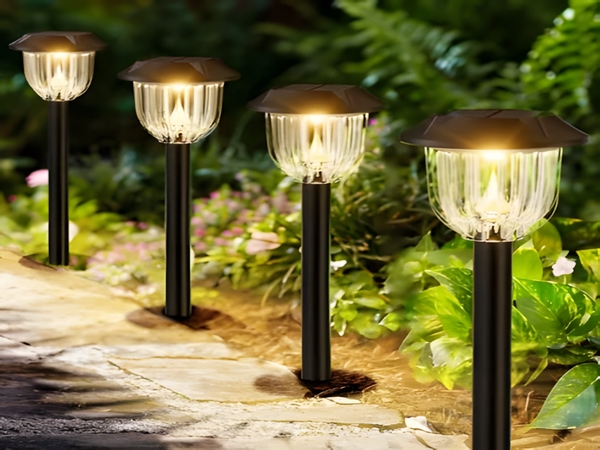
What are the installation considerations for garden lights? For many families with a garden, installing some lighting equipment has become quite common. So, what should be noted when installing garden lighting equipment? Below, we will introduce this kind of lighting equipment, so let’s take a look together.
How to do underground installation? What are the basic requirements?
1. At terminal points and other locations, there should be identification marks indicating the model and specifications of the cables, or cable indication marks with circuit numbers.

2. Cable terminals or intermediate connections must be properly sealed to ensure waterproofing. When cutting cable, care must be taken not to damage the wire core. Additionally, every time the installation of garden light cables is conducted, it should be accompanied by original construction records, which should include basic information such as specifications, models, and installation dates. This facilitates future maintenance or modifications of the cables.
3. When making changes to the underground installation of garden lighting equipment, it is essential to promptly update the corresponding technical parameters and signage to ensure the accuracy of the cable information.
4. For cable installation, a 500V insulation resistance tester must be used for testing, and the results must meet the standard for compliance.

5. Use round sleeves to connect the cable cores, and for copper-core cables, a copper sleeve with a wall thickness greater than 1mm should be crimped; its length is generally about nine times that of the sleeve.
6. Cable joints and corners need to have access manholes or markers, which facilitates future maintenance and inspections. Furthermore, the spacing of the access manholes for garden light cables should be controlled within 50 meters.



